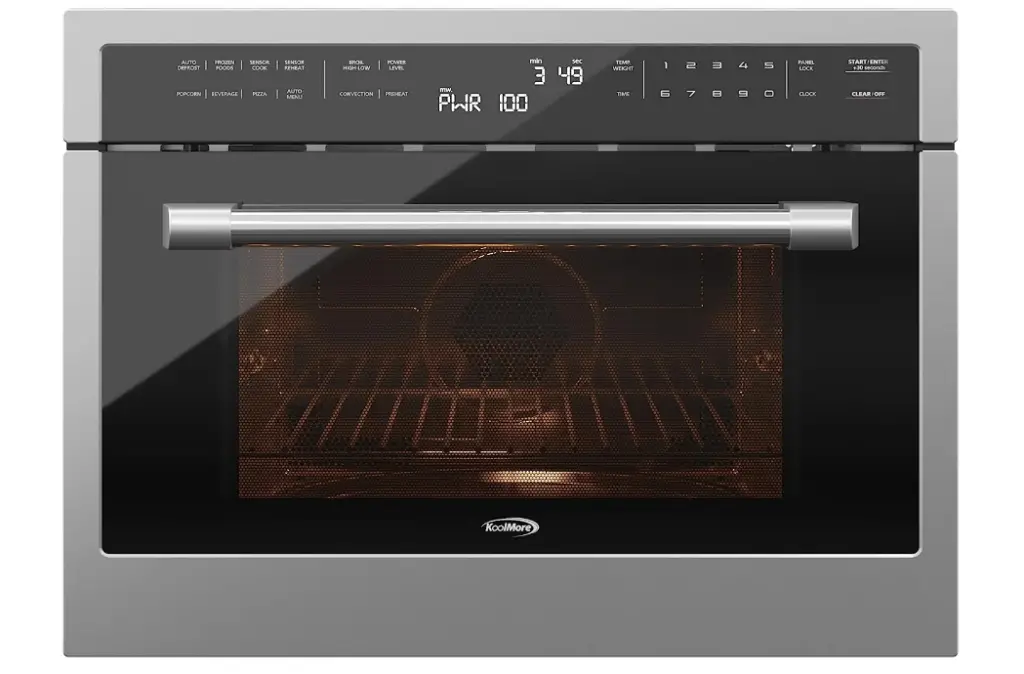When should you not use a convection oven? This is a question that many people might not have considered. Convection ovens are wonderful for a lot of cooking tasks, but there are some circumstances where they may not be the best choice. In this article, we’ll discuss the situations where you should reconsider using a convection oven.

Table of Contents
Limitations: When Should You Not Use a Convection Oven?
Let’s talk about the times when you should not use a convection oven…
Baking Delicate Pastries
When it comes to baking, the type of oven you use can make a substantial difference in the final product. For delicate baked items such as soufflés, sponge cakes, or flaky pastries like croissants, a convection oven may not be the most suitable choice. The reason for this lies in the circulating air caused by the oven’s internal fan.
This air movement can disrupt the delicate rising process of these items. For example, it could cause a soufflé to rise unevenly or may result in croissants that are flaky in some parts but dense in others.
Even if you’re working on something less complicated, such as cookies, a convection oven can cause them to spread unevenly. So, for baking projects that demand a soft touch, a traditional oven, which doesn’t circulate air, would be a safer bet.
Cooking Wet Foods
If you’re a fan of juicy stews, moist casseroles, or any dish that typically has a lot of liquid or moisture content, you’ll want to be cautious when using a convection oven. The very feature that makes a convection oven efficient—the circulating hot air—can work against you in these cases.
The air movement can evaporate moisture from your dish more quickly than you might expect, potentially leaving you with dry, less flavorful results. In contrast, a traditional oven, which has no fan to circulate air, tends to keep moisture locked in, preserving the integrity of your wet foods.
Read more convection oven topics here – Convection Oven: Your Ultimate Guide
Quick Cooking Foods
You might think that for a quick meal, a convection oven would be ideal because they’re known for reducing cooking time. However, when you’re cooking foods that already have a short cooking time—like cookies, thinly sliced vegetables, or thin cuts of meat—the speed of a convection oven can actually become a hindrance.
The circulating hot air can cook these types of foods too quickly, making it difficult to prevent overcooking or drying them out. In such situations, you’ll likely find that you have better control over the cooking process with a traditional oven, where the heat is more stable and less aggressive.
Using Foil or Coverings
When using a convection oven, it’s common practice to cover certain foods with foil or another covering to keep moisture in or protect from direct heat. However, the internal fan can make this challenging. The force of the circulating air can be strong enough to blow the covering off your dish, exposing it to the intense heat and potentially affecting the cooking process.
If you’re planning to use foil, parchment paper, or another covering to cook your dish, a traditional oven without a fan would be a safer choice, as it would hold the covering in place.
Certain Baking Scenarios
Finally, if you’re baking items that require a distinct crust and interior—like bread, for example—a convection oven can be tricky to manage. The reason is that the circulating air can cause the exterior of your baked goods to cook faster than the interior, leading the crust to set before the inside has had a chance to fully rise.
This results in bread that is dense rather than airy. When it comes to such specialized baking scenarios, a traditional oven, which heats more gently and doesn’t circulate air, is generally the better option.
Conclusion: When Should You Not Use a Convection Oven?
While convection ovens are versatile and useful for many cooking tasks, it’s important to recognize the situations when they may not be the best option. By understanding these limitations, you can make more informed decisions in your kitchen.
